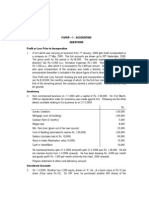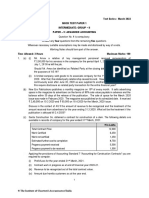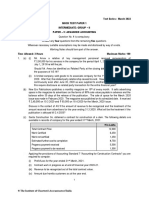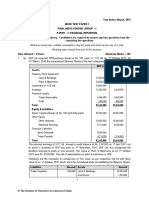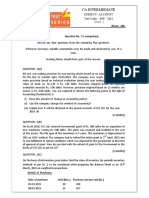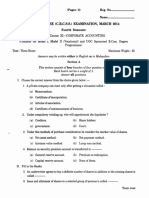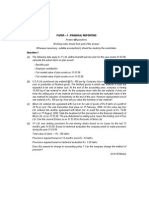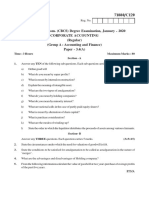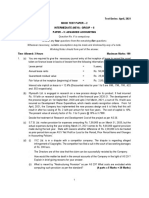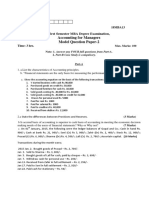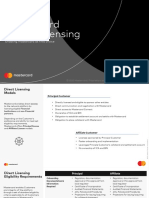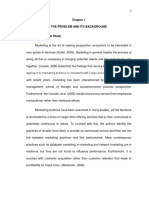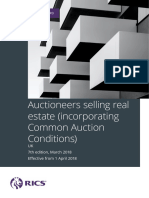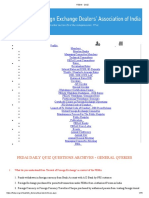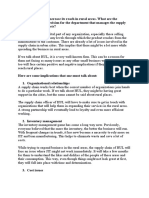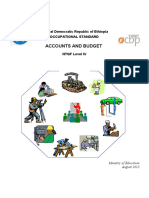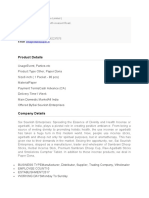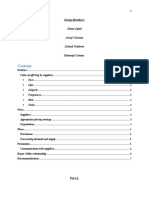0% found this document useful (0 votes)
116 views5 pagesCA Final Group I - Advanced Accounting - November 2002
Uploaded by
nehag9054Copyright
© © All Rights Reserved
We take content rights seriously. If you suspect this is your content, claim it here.
Available Formats
Download as PDF, TXT or read online on Scribd
0% found this document useful (0 votes)
116 views5 pagesCA Final Group I - Advanced Accounting - November 2002
Uploaded by
nehag9054Copyright
© © All Rights Reserved
We take content rights seriously. If you suspect this is your content, claim it here.
Available Formats
Download as PDF, TXT or read online on Scribd
/ 5













